“Hearthstone: Goblins vs. Gnomes”
Target Random Review for +2 Final Score
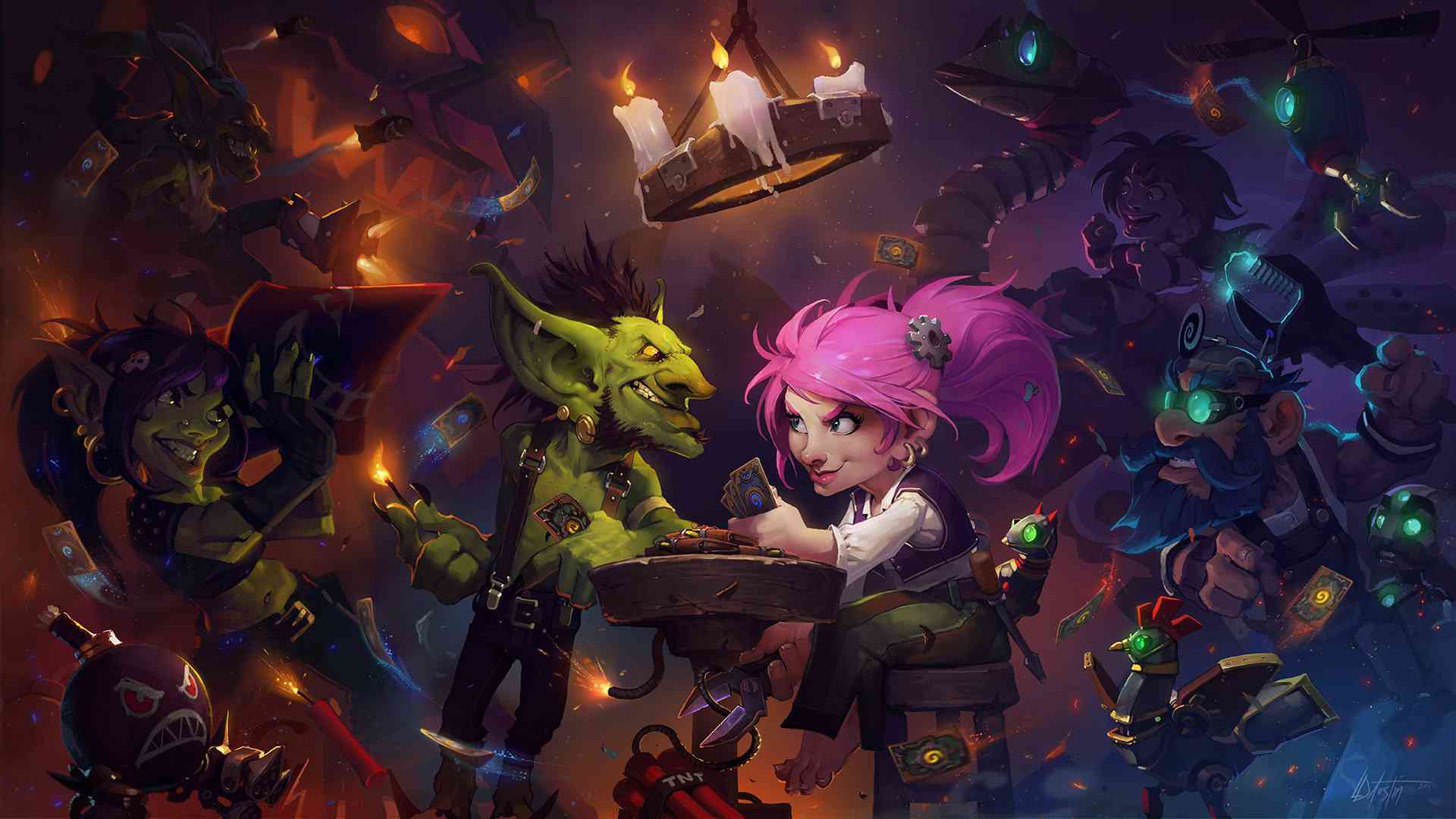
If we know anything about engineering in the “Warcraft” universe, it’s that it’s crazy. When it works well, it works incredibly well. When it doesn’t, it can all blow up in your face. It’s with this mindset that Blizzard went into the development of “Hearthstone: Goblins vs. Gnomes” and took on the quirks of both goblin and gnome engineering.
Cards
“Goblins vs. Gnomes” introduced 120 new cards to the game.
Some of the new cards are new “standard” cards like the 3/2 “Puddlestomper,” which would find a happy home in any murloc rush deck. However, some are completely off the wall – the 1/2 “Annoy-o-Tron” with Taunt and Divine Shield – and that’s what makes this new set of cards unique. We have new mechanics like repairing mech (“Mechwarper”), twists on old mechanics (“Call Pet:” card drawn costs four mana less if it’s a pet; “Crackle:” deals three to six damage randomly), and an entirely new card type: mech. For me, the new cards completely changed the game, and the first thing I did after opening my many, many decks (for which I’d tucked away gold for weeks) was open My Collection to see what the hell there was to look at.
The only way the expansion to this game was going to be worth anything at all was by uprooting the current game and turning it upside down, which is exactly what these cards have done.
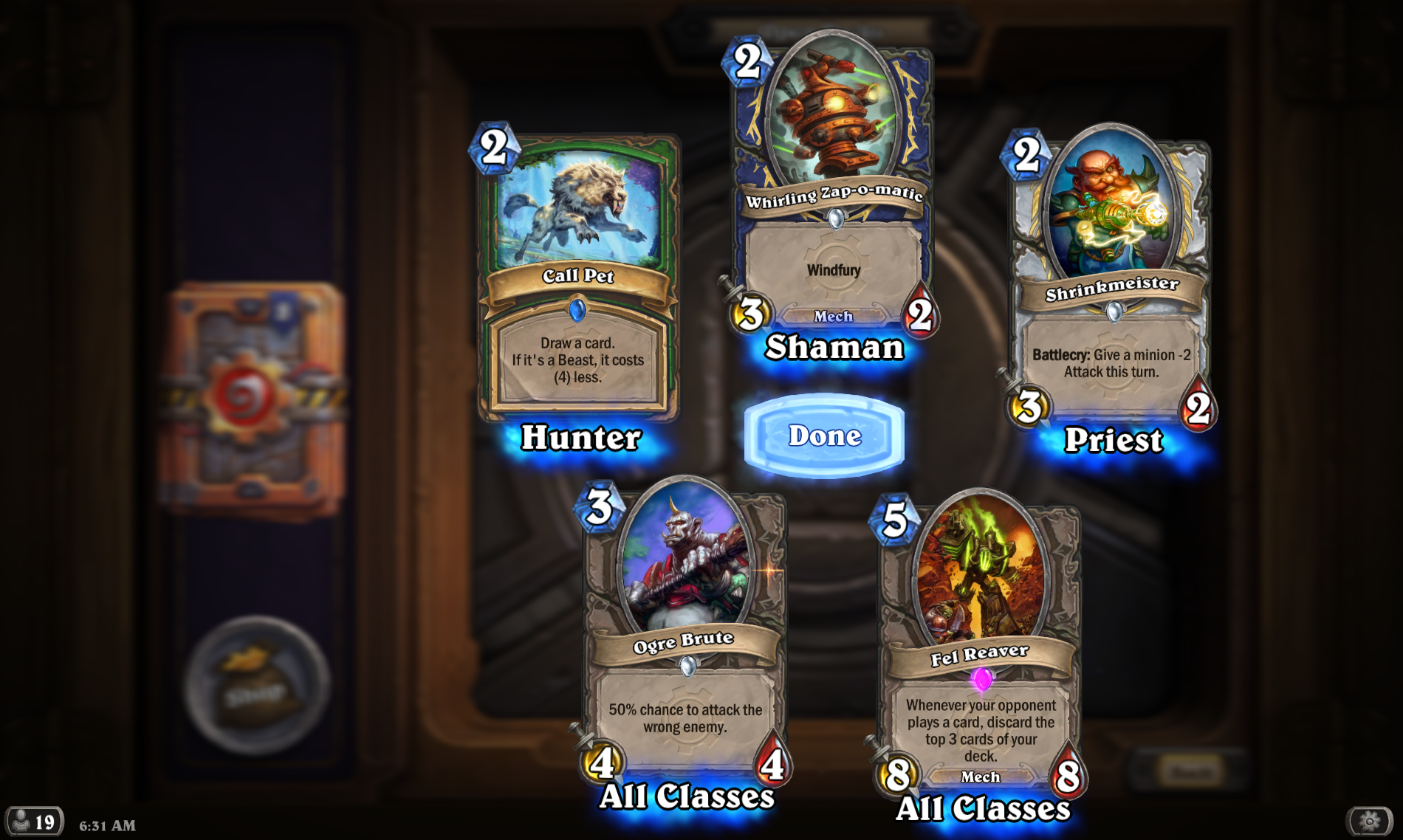
These cards can be obtained the same ways as the original cards – crafting or receiving them from booster packs – meaning the core of the game hasn’t changed.
Play Mode
Mech works best when these cards can build each other up. “Mechwarper” is a prime example in which Blizzard has designed a relatively cheap card that can withstand the anything with one or two attack but still cause a little bit of trouble by reducing the cost of any other mech. While not great on its own, it can help you build an army of scrap relatively quickly. In another example, “Tinkertown Technician” gains +1/1 if you have any other mechs on the battlefield, pushing it to a cheap (three-mana) 4/4.
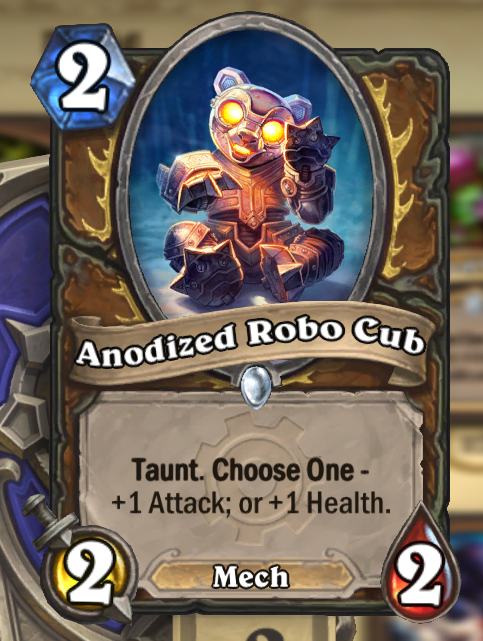
Then there’s the randomized element to the new cards. This randomization fits well with heroes that already rely on some level of randomization (e.g., “Choose One” cards with Malfurion or “Deal X-Y damage” cards with Thrall). In heroes that are much more controlled, however, this removes a little bit of agency from the player. For example, Anduin’s “Shadowboxer” (damage to random enemy) and “Velen’s Chosen (spell that grants a minion +2/4 plus +1 spell damage) change the battlefield.
The end result is that you can no longer predict your enemy’s end game down to the very move and card, which was possible with particular cookie cutter builds (looking at you, Rexxar).
For fun, I ran a deck full of random mech cards in casual several time I received from my booster packs alongside of cards I was more familiar with. (One of those matches is linked below.) Of course, I lost because I haven’t really optimized the deck – just added the new cards – but the game felt new and revitalized. It’s been stale for a long time by aforementioned cookie cutter decks where you can run a deck that completely and fully counters another and have the same done to you. The upside to randomizing some of the mechanics is that we won’t hit a stale point like that again so long as the cards remain competitive.
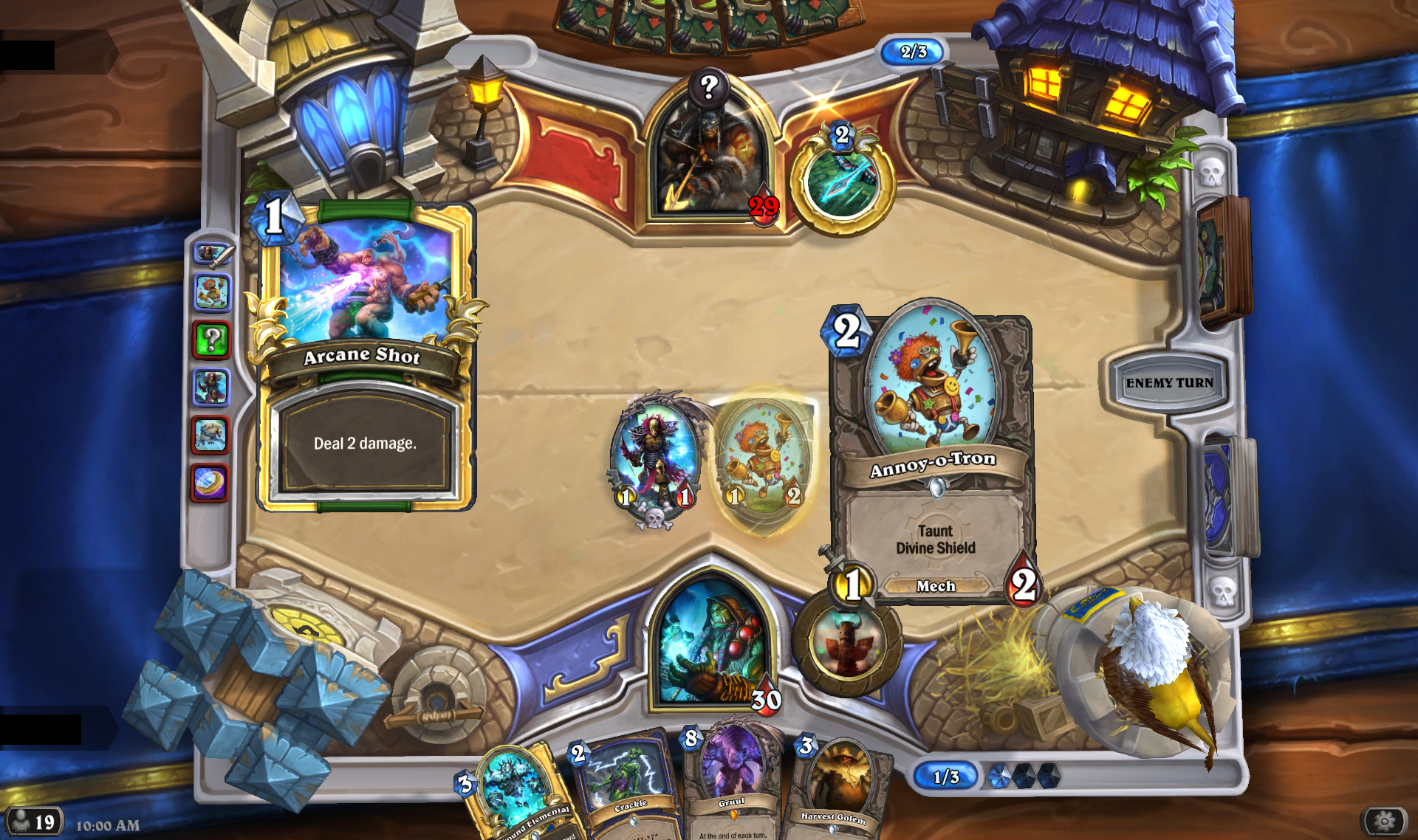
Arena
The downside to this is that “Hearthstone” and any card game relies on some element of luck as is. This is particularly true in Arena, which is essentially a limited-run draft that ends either at 12 wins or three losses total. The rewards can include anything including booster packs, gold, or arcane dust, which can be substantially more worthwhile than the gold one received from ranked play quest rewards. However, it can be equally frustrating to be drafted worse cards than your opponent, which can be hard to rebound back from. In this situation, it would be hard to argue that more surprise is necessary.
That doesn’t mean it’s all completely bad. It’s just something to keep in mind if this sort of thing bothered you in Arena already.
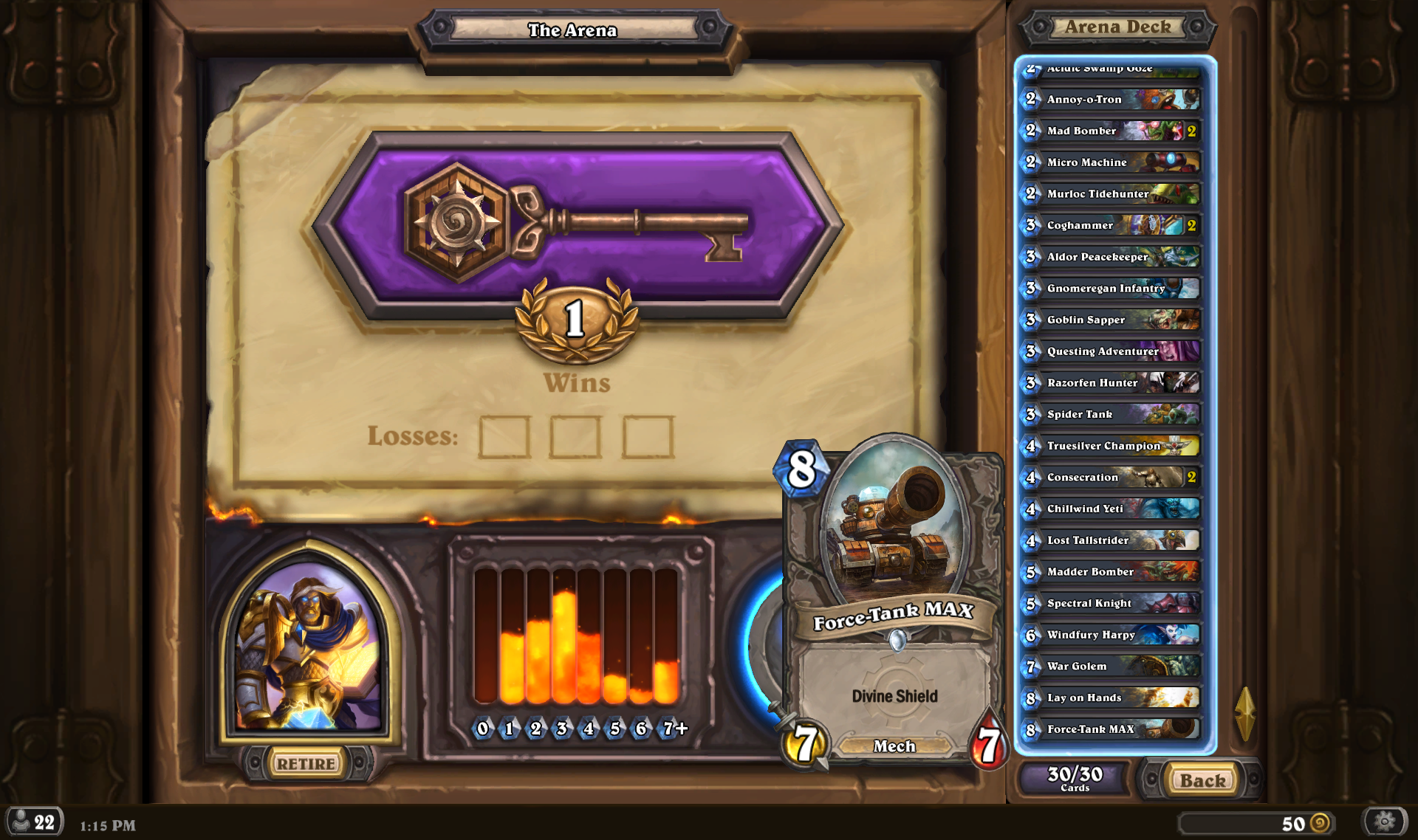
I used my free Arena key on a paladin and tried to amass as much tech as possible. This included a few Spider tanks and other relatively boring but solid hitters, banking on everyone else's inexperience with the new mechanics, as well. The first game went relatively well with focused shots to the face. Notably, "Spider Tank," in spite of being an average card with no mechanics, was vital to me here. The other player couldn't remove him, and it became a source of consistent damage. However, the opposite
Conclusion
If you’re unsure, you can log in yourself and grab the three free “Goblins vs. Gnomes” booster packs awarded to everyone who logs in during the promotional event, as well as one free Arena key. This enables you to really see the cards for yourself in action without spending one copper of your gold or penny of your real world money. But considering it’s free to play, you lose nothing but a little bit of time trying out the expansion.
Pros
- High replayability.
- Fluid integration into core game.
- New mechanics are interesting and unique, leading to exciting gameplay.
- Goblin and gnome cards integrate well with one another for potentially powerful combos.
Cons
- Randomized card mechanics into randomized situation removes some of the skill component.
- Goblin mech far more interesting than gnome explosions, disappointing.
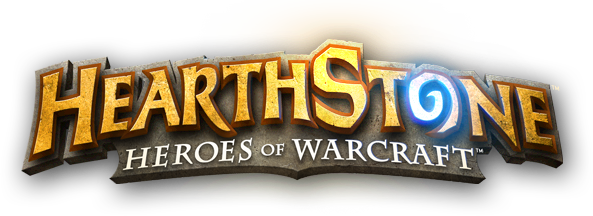
Hearthstone: Goblins vs. Gnomes 9 / 10 Read our Review »
Release:TBA
Publisher: Activision
Platforms: PC, Mac, Android, iOS
Genres: Card